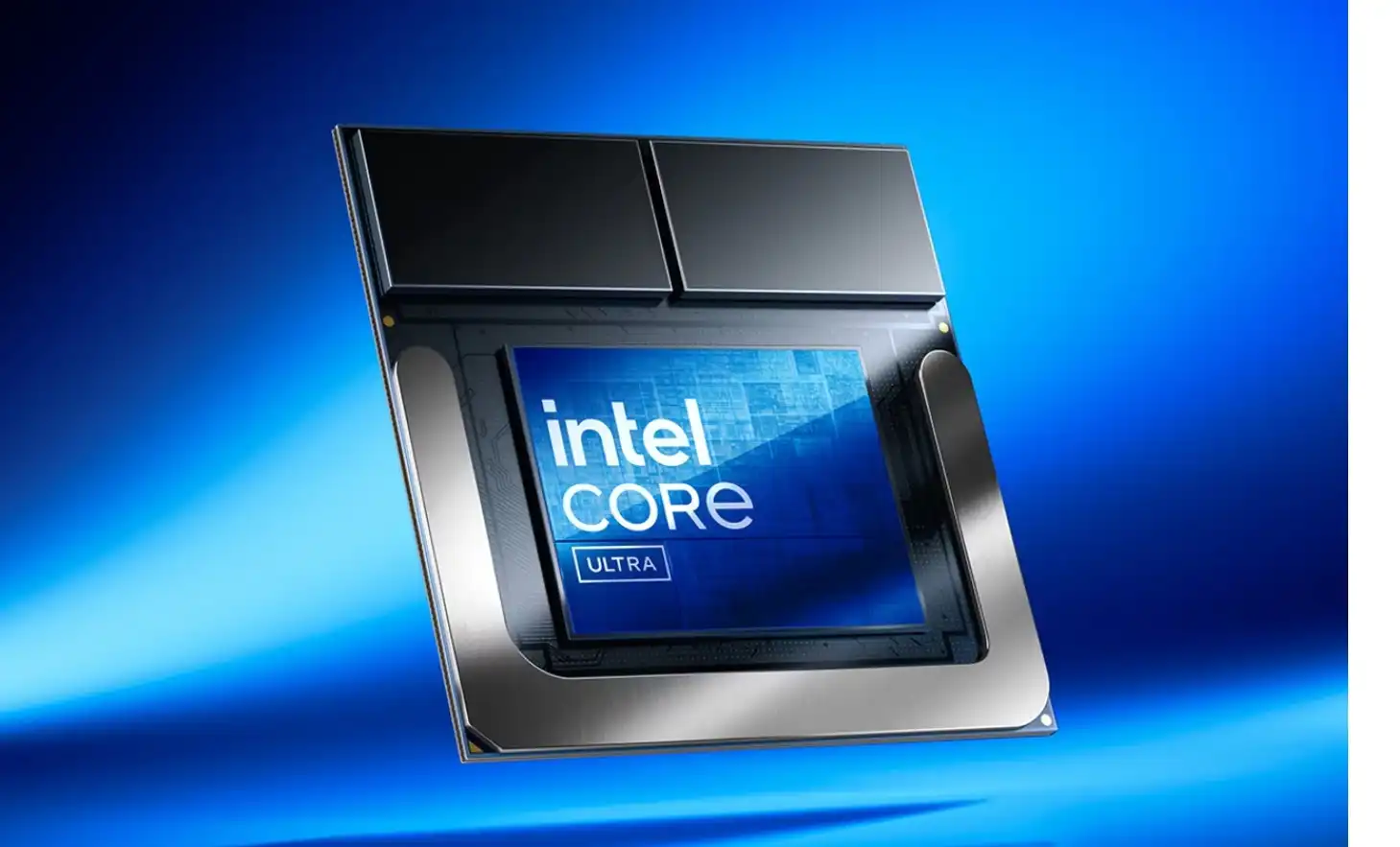
AI-generated content has reached an impressive milestone with the unveiling of Google’s Genie 2, a revolutionary tool capable of creating playable 3D game worlds entirely from text prompts. Building on the foundation laid by its predecessor, Genie 1, this latest development takes Google’s Generative Interactive Environments into new dimensions, moving from 2D environments to fully immersive 3D spaces.
Google describes Genie 2 as a “world model,” which means it can simulate interactive virtual environments complete with animations, physics, and dynamic object interactions. The process begins with a prompt image — either a user-supplied one or one generated by a simple text input — that serves as the foundation for extrapolating an entire world. For example, you could type “a cyberpunk Western” or “a sailing adventure” and Genie 2 would construct a playable environment accordingly. Google showcased its capabilities by using concept art from artists and visuals generated by its Imagen 3 model to create rich, interactive settings.
Within these worlds, players — whether human or AI-driven — can navigate and interact using standard control setups like WASD or arrow keys. However, Genie 2’s most innovative aspect is its ability to model AI players as both NPCs and active characters. In one demo, an AI player responded to a text command to walk through a door, understood the environment, and executed the task seamlessly. The technology also supports various perspectives, including first-person views, isometric angles, and even driving simulations, adding to its versatility.
Despite its promise, Genie 2 faces significant challenges, particularly with maintaining coherence over time. Generated worlds begin to lose consistency after roughly 20 seconds, and the longest models created so far last only about a minute. This may stem from the model’s handling of “counterfactuals” — the various paths and actions a player might take — and the “long horizon” problem, where the system must track and render elements even when they are out of view.
Google also demonstrated advanced features like water simulations, smoke effects, gravity, and reflective surfaces, though details about rendering quality, polygon count, or computational requirements remain undisclosed. Furthermore, Google has yet to announce any plans to release Genie 2 publicly or commercialize it.
While challenges remain, Genie 2 represents a significant leap forward in AI-driven content generation. With AI-generated dialogue already creeping into games, fully AI-simulated gaming experiences could be on the horizon — just not immediately.




